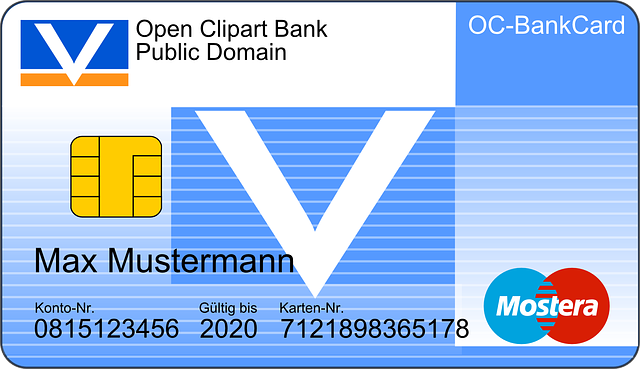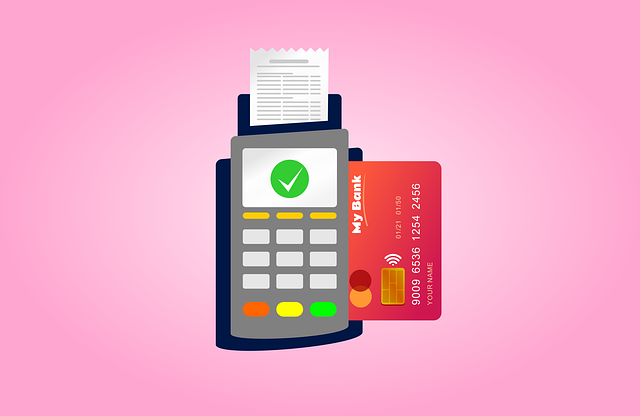Invoice financing offers businesses a flexible alternative to traditional loans, providing immediate cash flow by selling outstanding invoices at a discount. Key benefits include no collateral, competitive interest rates based on invoice value and collection time, and careful provider evaluation based on speed, terms, transparency, and service. While advantages like quick access and flexibility exist, potential drawbacks like variable fees and shorter terms must be considered. To maximize benefits, thoroughly research reputable providers, comparing terms and rates to find the best fit for short-term financial needs. Applying involves comparing invoice financing with loans, assessing business health, gathering documents, and communicating requirements to providers evaluating eligibility based on creditworthiness and industry.
Looking to unlock cash flow for your business? Explore the world of invoice financing, a powerful alternative to traditional loans. This article demystifies invoice financing benefits and how it differs from loans, guiding you through the process, weighing pros and cons, and highlighting key factors when choosing an invoice financing provider. Learn how to apply for invoice financing and tap into this flexible funding solution for your business’s growth.
- Understanding Invoice Financing Benefits and How It Differs from Traditional Loans
- The Process of Invoice Financing: A Step-by-Step Guide
- Weighing the Pros and Cons of Invoice Financing for Your Business
- Choosing the Right Invoice Financing Provider: Key Factors to Consider
- Applying for Invoice Financing: A Practical Approach
Understanding Invoice Financing Benefits and How It Differs from Traditional Loans

Invoice financing offers a unique alternative to traditional loans, tailored for businesses dealing with delayed customer payments. Understanding its benefits lies in appreciating how it works differently from conventional financing methods. Unlike direct loans from banks, invoice financing focuses on the value of outstanding invoices. Businesses sell their pending invoices to finance providers at a discount, effectively accessing immediate cash flow.
This method provides several advantages. Firstly, it offers flexibility as businesses retain control over their customer relationships and accounts receivable. Secondly, interest rates are often competitive compared to loans, as they’re based on the actual amount financed and the time taken to collect the invoices. When considering invoice financing, carefully evaluate providers based on factors like funding speed, terms of repayment, transparency in pricing, and customer service. This approach ensures you tap into a suitable source that aligns with your business needs when managing cash flow through the procurement of outstanding invoices.
The Process of Invoice Financing: A Step-by-Step Guide

Invoice financing is a powerful tool for businesses seeking to unlock cash flow and improve their financial management. But how does it work? Let’s break down the process step-by-step. First, businesses identify outstanding invoices from customers that they trust will be paid within a specified timeframe. Next, they approach an invoice financing provider, such as a bank or specialized fintech firm, which assesses the value of these invoices and offers a funding amount. This assessment considers factors like the creditworthiness of both the business and its customers, the industry, and the age of the invoices.
Once agreed upon, the provider advances a percentage of the total invoice value, providing immediate working capital to the business. Upon receipt of payment from the customer, the financing provider deducts their fee—typically a fixed rate or percentage—and returns the remaining balance to the business. This process offers several advantages over traditional loans, including access to funds without collateral, improved cash flow management, and the potential for higher approval rates based on invoice value rather than credit history. However, it’s important to weigh these benefits against potential drawbacks like variable fees, shorter repayment periods, and the risk of non-payment by customers.
Weighing the Pros and Cons of Invoice Financing for Your Business

Invoice financing can be a powerful tool to boost cash flow and support your business’s financial health. When considering this option, it’s essential to weigh the pros and cons carefully. On one hand, invoice financing offers significant benefits for businesses dealing with delayed payments from clients. It provides immediate access to funds tied to outstanding invoices, allowing for quicker operational decisions and improved cash management. This alternative funding method can be particularly advantageous compared to traditional loans as it aligns directly with your business’s sales cycle, making it a flexible option for short-term financing needs.
However, like any financial decision, there are potential drawbacks. Invoice financing may come with higher interest rates and fees than conventional loans, which can impact overall costs. Additionally, the process involves third-party involvement, meaning you’ll be sharing a portion of your future revenue until the invoices are settled. When applying for invoice financing, it’s crucial to research reputable providers who offer transparent terms and competitive rates. Comparing different providers will help ensure you find the best fit for your business, balancing the benefits of improved cash flow against the potential drawbacks of increased expenses.
Choosing the Right Invoice Financing Provider: Key Factors to Consider

When selecting an invoice financing provider, several key factors come into play. Firstly, understanding the invoice financing benefits and how it differs from traditional loans is crucial. Invoice financing allows businesses to access cash flow by converting outstanding invoices into immediate funds, providing a flexible solution for working capital needs. This can be particularly advantageous for small and medium-sized enterprises (SMEs) that might not have access to bank credit or prefer an alternative financing method.
Secondly, consider the pros and cons of invoice financing compared to loans. On one hand, it offers quicker funding, no collateral is required, and interest rates can be competitive. However, providers may charge higher fees, and there could be stricter eligibility criteria based on your industry or creditworthiness. Carefully review the terms and conditions of different invoice financing providers, compare their fee structures, and evaluate their application processes to find a solution that aligns with your business needs and financial goals.
Applying for Invoice Financing: A Practical Approach

Applying for invoice financing can seem daunting at first, but with a practical approach, businesses can unlock its numerous benefits. The process typically involves reaching out to reputable invoice financing providers who specialize in this alternative funding method. Unlike traditional loans, invoice financing directly utilizes your outstanding invoices as collateral, offering several advantages such as flexible repayment terms and no need for personal guarantees. This makes it an attractive option for businesses seeking short-term cash flow support without burdening their assets or credit history.
When applying, start by comparing invoice financing vs loans. Assess your business’s needs and financial health to determine if invoice financing aligns with your goals. Gather necessary documents, including invoices, accounts receivable records, and basic business information. Then, communicate your requirements clearly to providers, who will evaluate your eligibility based on factors like creditworthiness, invoice volume, and industry. This streamlined approach allows businesses to access working capital promptly, enabling them to seize opportunities and navigate cash flow challenges effectively.






